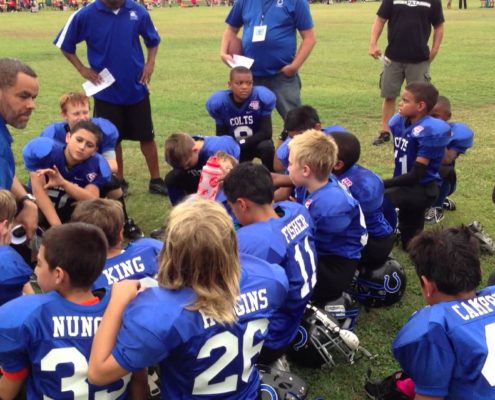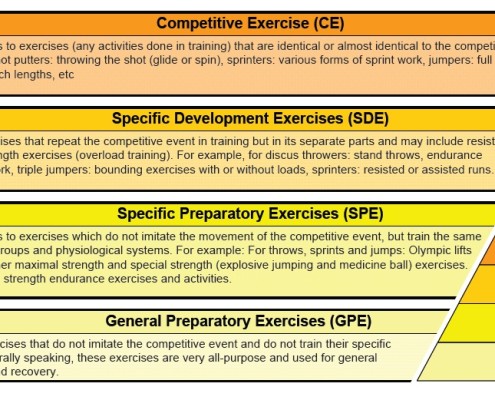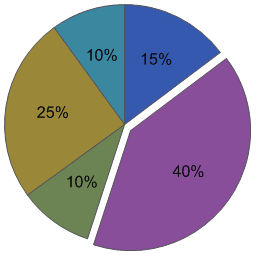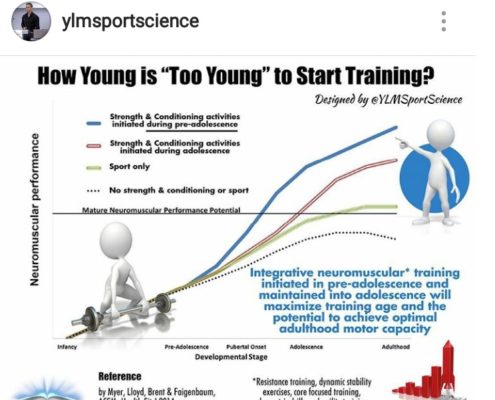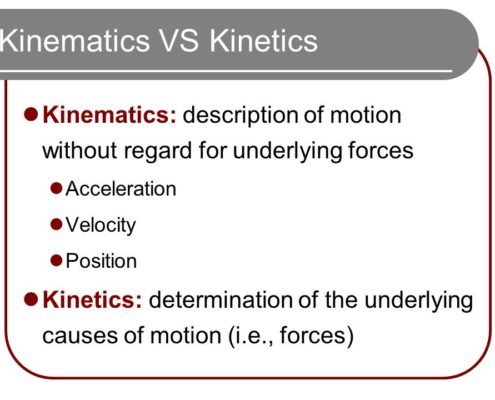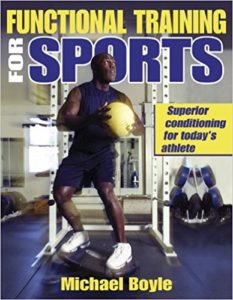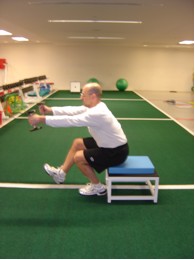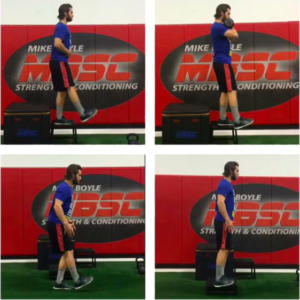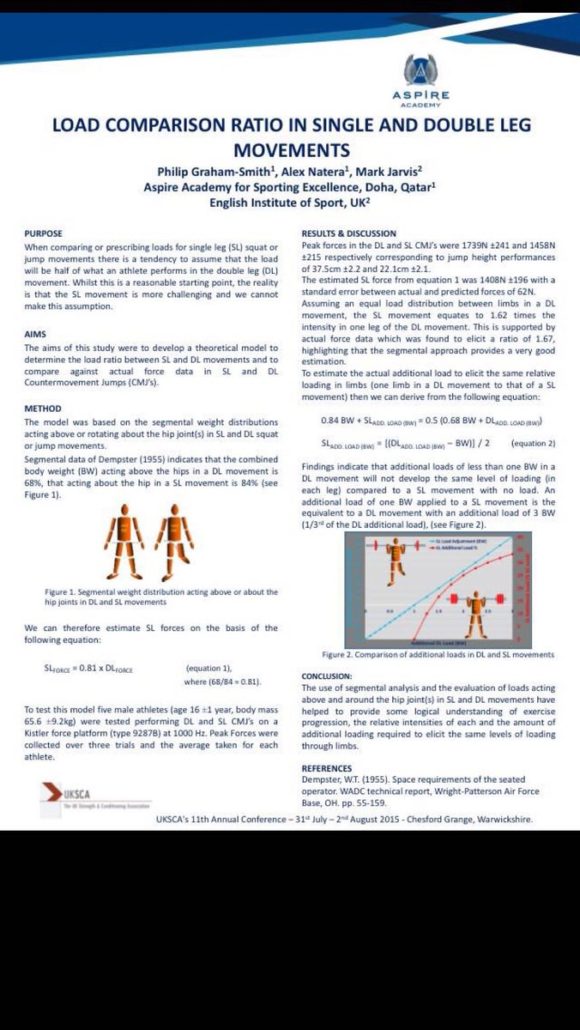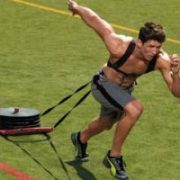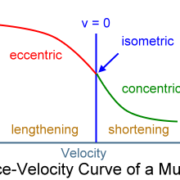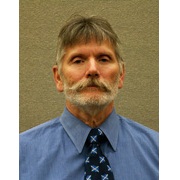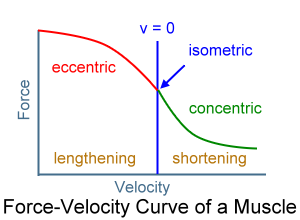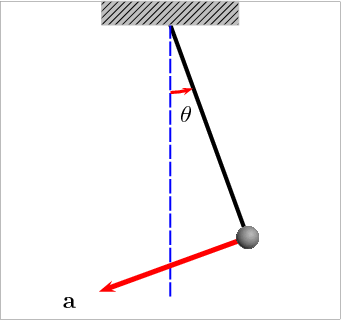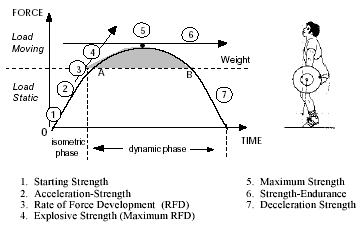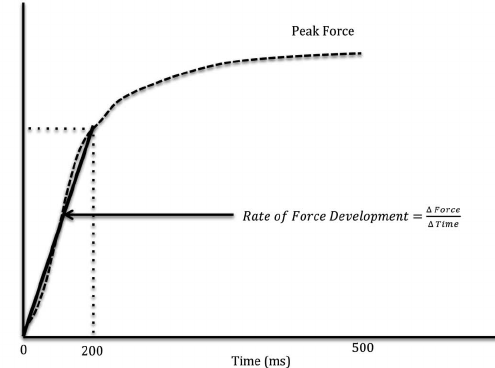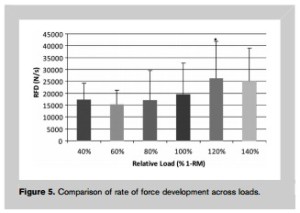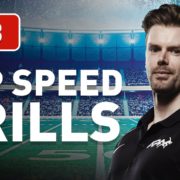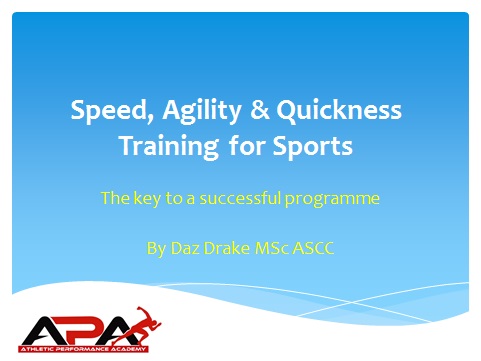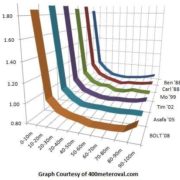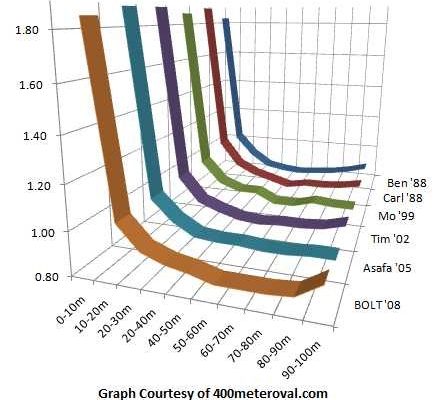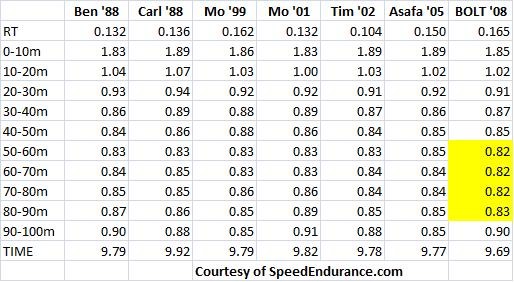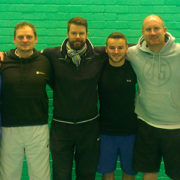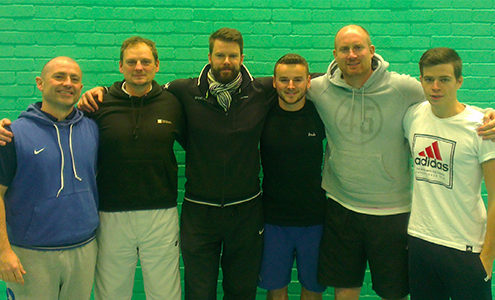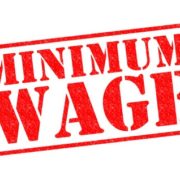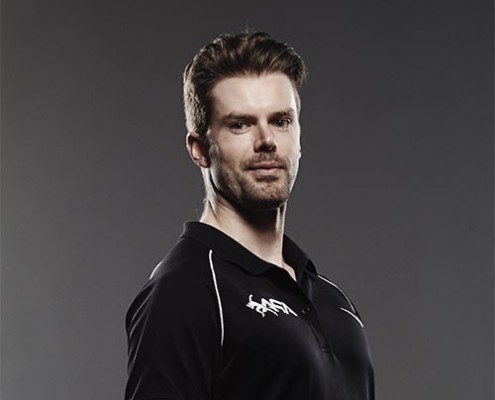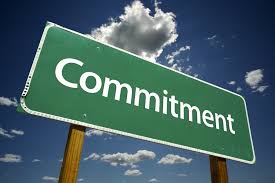What is sport specific training and how much should kids do?
This blog is one I am really excited to write. I have been really enjoying being part of a Youth Strength & Conditioning forum on Facebook. So in the last few days a couple of questions came in that got me fired up and excited to contribute to the discussion. One question was about sport specific training for children and another was about endurance profiles of children. I thought I would share some of the learnings here and I’ll address the first topic in this post!
Question:
Hey Guys,
Just looking to start a bit of a discussion on sport specific training.
I was asked the other day if I would be giving their 12 year old daughter sport (tennis) specific training. I simply stated I would be working on the fundamentals that underpin any sport such as movement competency/efficiency, strength, mobility, balance/coordination etc and that this would be most beneficial for his daughter. The father did not seem very convinced after our short discussion. Maybe I should have stated that the child needed ‘individual specific training’ in order to make her the best she can be.
I was wondering what you guys would say to any parent who asks for sport specific training for their child?
I’ve already written quite a bit on this topic.
How much should junior athletes train?
Early Specialisation: To much of a good thing?
I personally think that of the 170 + blogs I have written since 2012 the early specialisation one is perhaps my best one in my opinion. I’d love to hear your thoughts.
There was some good suggestions which spoke to the importance of global parent education around topics such as:
Health Education
=> overuse injury
=> burnout
=> proficiency barrier
In my blog I refer to research that show that the incidence of injury goes up significantly once adolescents are doing more than 16 hours of one sport per week. It’s a good idea to educate parents on the risks associated with doing high volumes of sports practice (including sports specific training!)
Agree the definition
It was also suggested to define clearly what the parent meant by the term sport specific. It’s best to ask the parent what his definition of specific training is first. Then explain you will be programming individual, sport, maturation and training age specific training.
Set the context
It’s amazing how much more buy in you will get if you just take the time to show how something will improve performance indirectly.
‘Link it back to their specific sport. Show the parents how mobility/balance/strength will improve their child’s performance. I find most parents idea of S&C or any sort of performance coaching is very uneducated. They don’t understand how the body works and are then quite sceptical about anything they haven’t “seen before”. If you can give a clear example of how a certain exercise will improve their kids physical performance (in the specific sport), in my experience, they are far more accepting of my methods.
So basically, if you say you will be working on the fundamentals that underpin the physical demands of tennis, then give an example, you’ll get a far better reaction. Of course the fundamentals underpin every sport, but the parents are paying you for tennis specifically, so gear everything you say back to tennis performance.” Cathal Murtagh.
Or…….
Agree on some level with the notion
According to one coach.
1. Tennis is an early specialization sport so their parents are right
2. If the athlete hasn’t trained before then a general strength program will make the most improvements and set up for power training later.
3. Make the dad happy and yourself…compromise.
4. Use things like med balls (or back it up to isometrics) for the extra power and can work on techniques right away. I’ve worked with many female tennis players and parents at this stage.
Understand Long Term Athlete Development: It’s all in the Blend!
Every athlete should do a blend of training that falls on the spectrum from very general to very specific. This wasn’t mentioned in the discussion but for me it’s the big piece of the puzzle that needs to be discussed. If you read my content regularly you’ll hear me say it time and time again. My APA Training System is all about concurrent programming of all the biomotor abilities. This means that in any given training session or training cycle there will be a blend of different types of fitness components (suppleness, skill, speed, strength and stamina) AND……….there will be a blend of means and methods that develop both general and more specific qualities.
So in the example above the 40% proportion of the training session might be very general in nature for a athlete with limited training experience. The same 40% might represent very specific training with a more advanced athlete. But the question you need to educate your parents on is why???????? Why is it necessary to do exercises that don’t look like the sports movement???
Here’s what I had to say:
”There is a difference between specificity and specialisation. Specialisation infers you have a major focus in one sport. We don’t encourage specialisation in most young athletes. However, specific training simply means that you are training the particular skills of a given sport at a moment in time. You can be specific in training without specialising. This is appropriate.
When a young child comes for a tennis lesson the parent expects the coach to be teaching the ‘specific’ sport skills or ‘techniques’ of tennis- not necessarily doing skills like football passes, rugby throws and so on- ie multi sports. They want forehands, backhands and serves. In S&C the parents therefore have the same impression- that you will be doing ‘physical skills’ that are specific to tennis. I can see their logic- maybe they expect to see multi directional sprints, throwing a medicine ball using the same muscles as the shots etc. Therefore we have to appreciate why the parent might have this perception.
However, where we are different is that the child probably has sport skills coaching from different sports coaches which allow that child to develop a broad range of sport skills (throwing, catching, kicking etc)- think of it as a sport skills foundation. But they probably don’t have that same multi-lateral physical development because we may be the only coach they see for S&C. Imagine if they were seeing several S&C coaches- one S&C coach for speed, another for strength, another for endurance etc then maybe they could come to you and say we want you to be the ‘speed’ guy and do a narrow type of fitness specific to that sport ( I get asked to do tennis specific speed work all the time because it happens to be an area I am well known for)——> but I also totally agree that even if that was possible for kids to work this way we really ought to all be developing a general base of physical skills for the reasons everyone has already mentioned a) injury reduction: early burnout, over use and b) proficiency barrier => maximise performance”
Proficiency Barrier
APA’s slogan is ”Maximising your Athletic Potential.” Potential takes time to be realised. I compare the athletic potential journey to the academic learning one. Apart from the 2% outliers of proteges who are members of MENSA- the society for bright people who have an IQ in the top 2%- most of us need time to develop our knowledge and skill. But the good news (see Figure above) is that if we start them early doing Strength & Conditioning they have a greater chance of realising a higher neuromuscular performance potential!! Most important for this discussion is that the potential is higher than doing sport alone.
However, starting early doesn’t meaning rushing through or skipping steps.
You ‘cook em slow’ and build them up to more advanced training methods. You wouldn’t expect a child to be grasping complex aspects of University maths and physics. Unfortunately most parents (and coaches) don’t understand principles of sports biomechanics or motor learning!!! They want them to be doing things that look like the sport. However, what most people fail to recognise is that sport is VERY STRESSFUL on the body. We need to prepare the body for the demands of it and that’s why we need to do general work to prepare for the more specific high intensity high speed work that is part and parcel of sport.
Let’s look briefly at sports biomechanics- understand the difference between kinematics and kinetics.
Parents (and coaches) focus in on the kinematics- they want to see the movements that look like the sport (same acceleration, velocity, position). I get it! But they don’t make the link that it is FORCE PRODUCTION that is the underlying cause of motion. To get more explosive you first need to build a general foundation of strength. The END.
As Des Ryan said in the forum, ”Tail doesn’t wag the dog!”
Specific training is the ‘realisation’ and expression of those qualities that we need to build in a general sense such as movement efficiency (balance, coordination, mobility/stability, basic strength). We can then apply those physical skills to more high intensity and high speed sports skills. When the kids are young I am comfortable that they get most of their ‘realisation’ opportunities from playing the sport. Let’s work on the foundation in the early years.”
Remember:
- If you’re not subscribed yet, click here to get free email updates, so we can stay in touch.
- Share this post using the buttons on the top and bottom of the post. As one of this blog’s first readers, I’m not just hoping you’ll tell your friends about it. I’m counting on it.
- Leave a comment, telling me where you’re struggling and how I can help
Since you’re here…
…we have a small favor to ask. APA aim to bring you compelling content from the world of sports science and coaching. We are devoted to making athletes fitter, faster and stronger so they can excel in sport. Please take a moment to share the articles on social media, engage the authors with questions and comments below, and link to articles when appropriate if you have a blog or participate on forums of related topics. — APA TEAM


